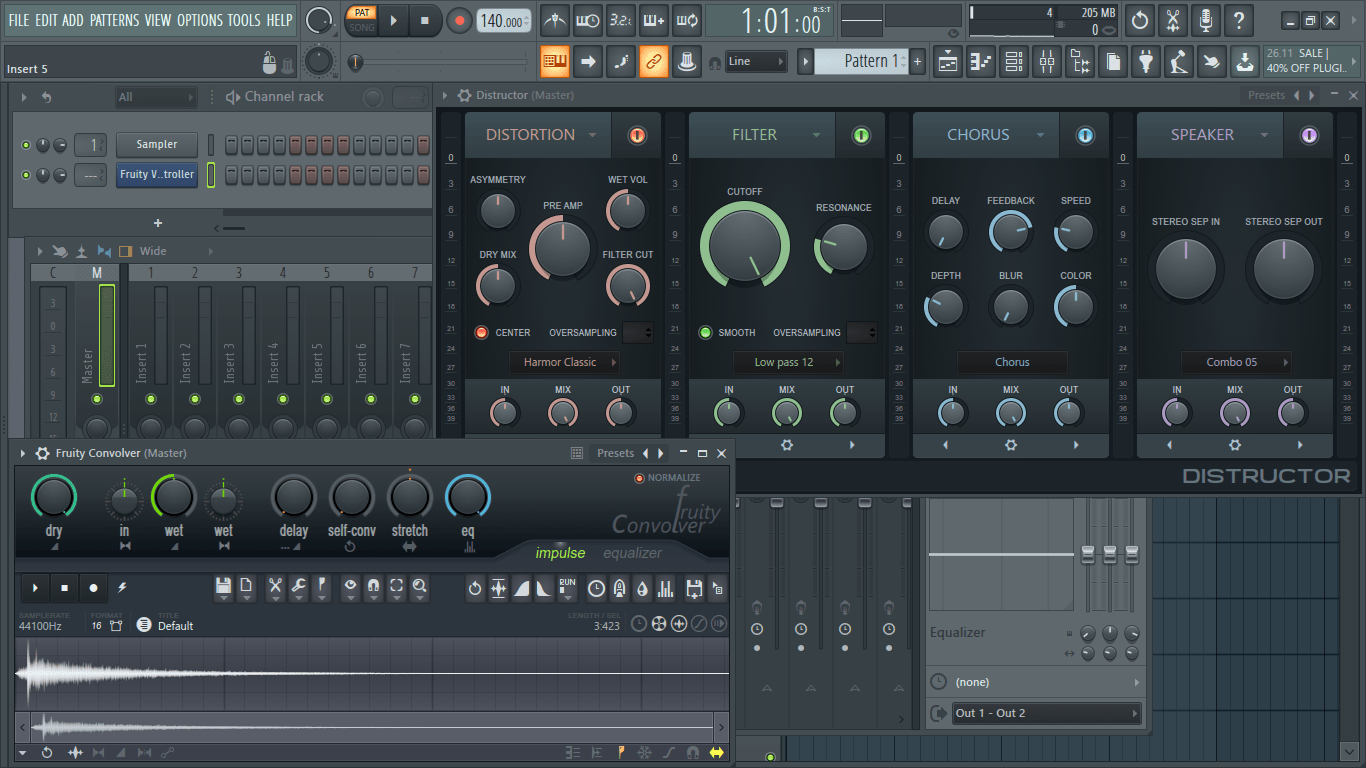

If you want to see a more in-depth example of how we process vocals to get that modern sound, be sure to check out our video below. It then comes down to a matter of taste whether to be subtle or heavy-handed with tuning. In fact, these days, not only is it NOT shameful to make use of these tools, listeners are used to listening to perfected performances, so you can actually be holding your record back by not making use of these tools. Very, very few artists receive no help from pitch correction (Adele and Billie Eilish are examples). While this hard tuning is the most obvious and noticeable use of pitch correction software, almost every record you hear these days has gone through a vocal editing stage. Originally intended for the subtle nudging of slightly off-tune performances into place, artists like T-Pain and Cher largely popularized the extreme use of the tool to give vocals that classic hard tuned effect that we know so well in modern pop. In this blog post, we’ll list 8 of the best autotune plugins you should be using this year. Since it was the original product, autotune became the household term for any form of pitch correction, even when a different tool is used. This allowed it to recognize a note being sung and move it to the nearest semitone. It combined a pitch detection algorithm with pitch-shifting algorithms.
#FL STUDIO NEWTONE SETTINGS SOFTWARE#
The company Antares released the first version of its legendary pitch correction software in 1997. Hovering the mouse pointer over them will preview them.Autotune plugins are now a pretty household term, but in reality, it’s the name of a specific product. The Project Picker gives a clear layout of all the patterns in your project from which to choose. Right-click the name of the current clip source at the top of the Playlist view to open it. Plenty to pick fromĪs well as the Plugin Picker, FL studio features the less well-known Project Picker, which can be a lifesaver when arranging complex projects.

The notes will mute and turn grey until you right-click again. However, a handy feature of the brush's new behaviour is that you can mute notes with it by right-clicking above or below them in the Piano Roll. Missing the old behaviour of the brush tool since it changed to placing notes monophonically? Hold Shift while using it to return to its old behaviour, which is more akin to the draw tool. Particularly useful for quickly switching from the brush to the cut tool and back, for example.

Right-click and scroll the wheel in a blank area of the Piano Roll to cycle between tools without having to move to the top bar. Improve your workflow in the Piano Roll by changing tools via the mousewheel. What's more, as of version 11, you can begin typing a plugin's name in the Plugin Picker to highlight it. You can then drag the plugin of your choice to its destination, replacing an existing one if necessary, or just double-click to open a new instance of it. Click the mousewheel in a blank area of the interface to open it and view your plugins collection. Using FL Studio's Plugin Picker couldn't be easier, and doing so will speed up your whole creative process. FL Studio 11 introduces a handy feature to get around this: hold Ctrl while dragging to restrict movement to the vertical plane, or Shift to enable horizontal movement only. When moving notes in the Piano Roll or clips in the Playlist, it's all too easy to drag them up or down accidentally when you only mean to move them left or right, and vice versa.


 0 kommentar(er)
0 kommentar(er)
